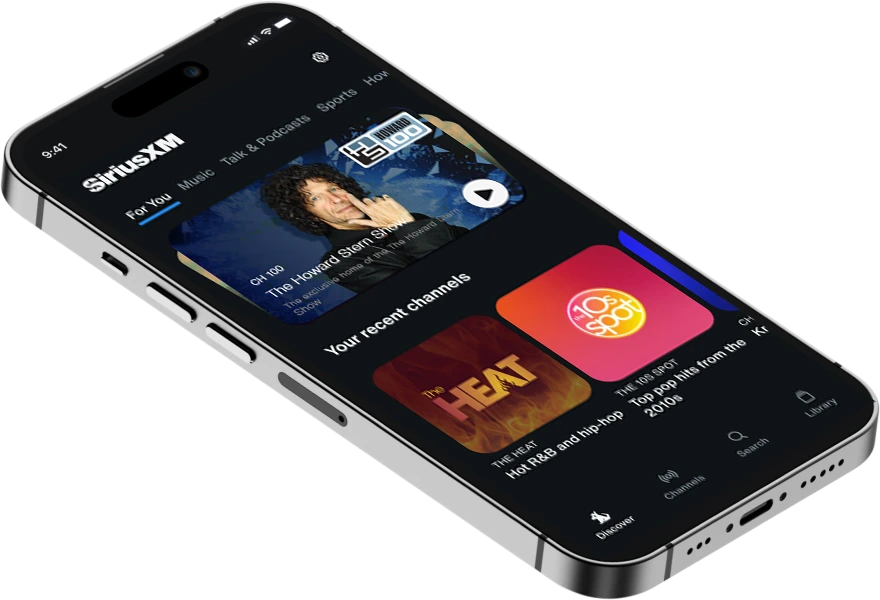Who signed Nirvana? Beck? Sonic Youth? Ryan Duffy explores ‘The Last of the’ A&R stars with Mark Kates
On the most recent episode of VOLUME (Ch. 106)’s The Last of The… Duffy talks with former Geffen A&R man Mark Kates about what the position was like back in the formative years of what is now considered the alternative rock genre.

Ryan Duffy is celebrating the last of a dying breed of characters from music’s almost-bygone era. As new technologies and business models emerge, the landscape of the music industry changes and often leaves some of its once most important players in a career purgatory. On the most recent episode of VOLUME (Ch. 106)‘s The Last of The... Duffy spoke with former Geffen A&R (Artist and Repertoire) man Mark Kates.
An A&R person is someone who “identifies the talent, brings it to the [record] company, helps them record and oversees, to varying degrees, what happens to the recording,” Kates explained. “And then, [the A&R person] maintains that creative relationship and, ideally, does it over and over.”
You may not know Mark Kates by name but his fingerprints are all over popular culture. He was central to the emergence of alternative music before the genre even had a name. He signed Beck, Jawbreaker, Elastica and Sonic Youth to Geffen/DGC records. He also worked with Teenage Fanclub, White Zombie, Hole and, probably the most notable of all, Nirvana. (It was Kim Gordon of Sonic Youth who famously told Kates, “The next thing you should sign is Nirvana.”) Safe to say, the effects of his A&R work are still being felt in the music industry.
As alternative music was emerging, Kates was specifically seeking creative voices who wrote most of their own material and had the talent to perform it well.
“I come from this cut where you see someone play and they either reach you or they don’t,” Kates explained. “And if they do, you try to figure out if they’re actually going to reach other people.”
Speaking of reaching people, much has changed since the early ’90s when Kates was discovering bands like Sonic Youth and Siouxsie and the Banshees.
“At that time, distribution was a big deal, getting in the stores, and indie labels weren’t as good at it,” he told Duffy. “This is all stuff that is essentially irrelevant now. Most music isn’t bought, let alone bought in stores.”
Kates continued: “When you talk about pre-Internet, pre-mobile technology, things were done on landlines or in person … If you took a band out for a meal, you either wanted them to be somewhere where people would see you or not.”
Even the way deals are made has changed, Kates said. Now, music licensing is central to an artist’s exposure and success. But, the feelings evoked by music and the role of music in popular culture have not changed, even as the industry has adjusted to new technology. For Kates, that’s what really matters.
“I wanted to affect culture, that was a goal of mine and remains one every day,” he said. “I am proud to have had any part of with any human being. And I know that I’ve been lucky enough to be around things that did a lot more than that.”
New episodes of The Last of the … air monthly on Tuesdays at 1:30 p.m. ET
For a free 30-day trial, check out http://www.siriusxm.com/freetrial/blog

Music, Sports, News and more
All in one place on the SiriusXM app

